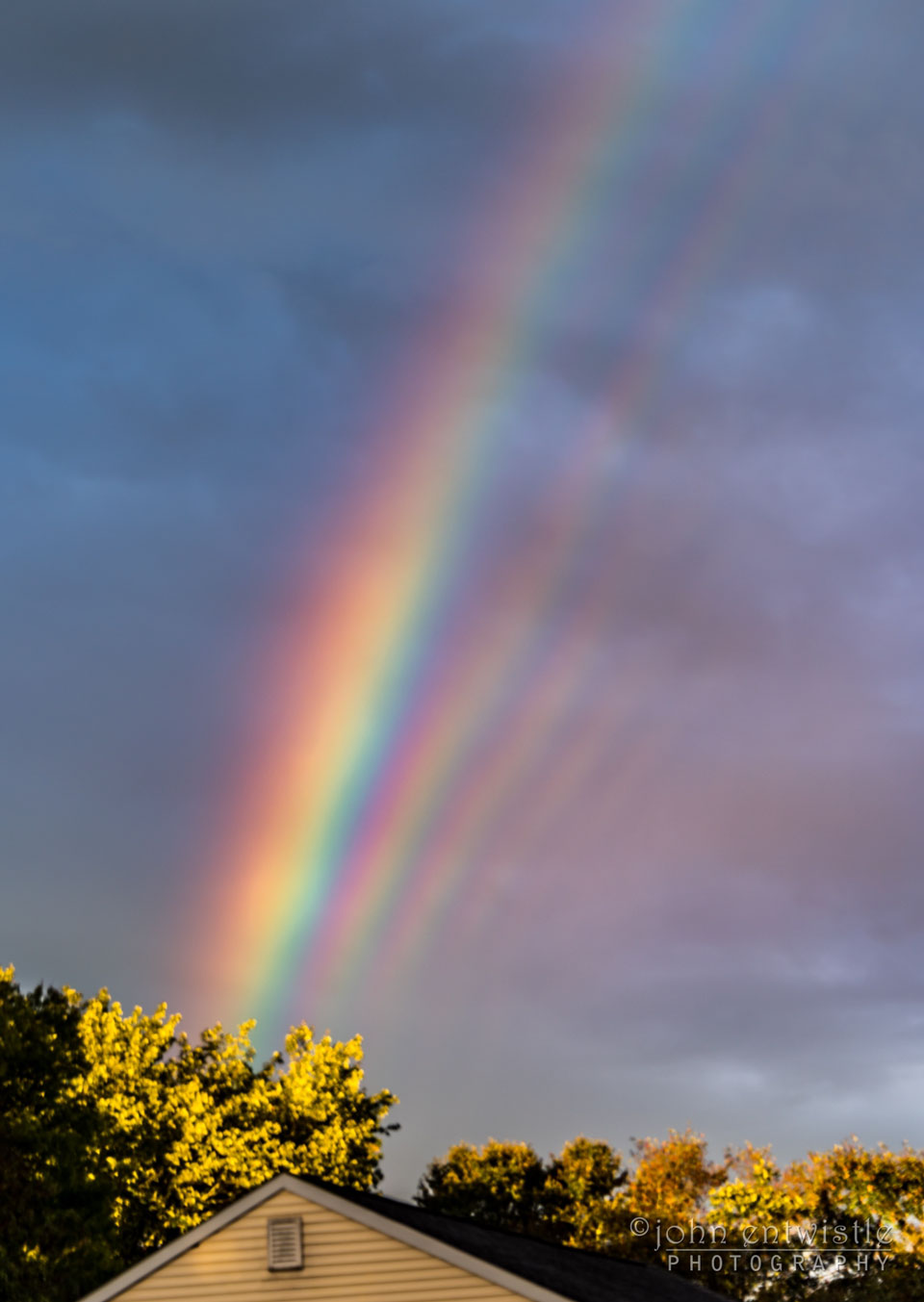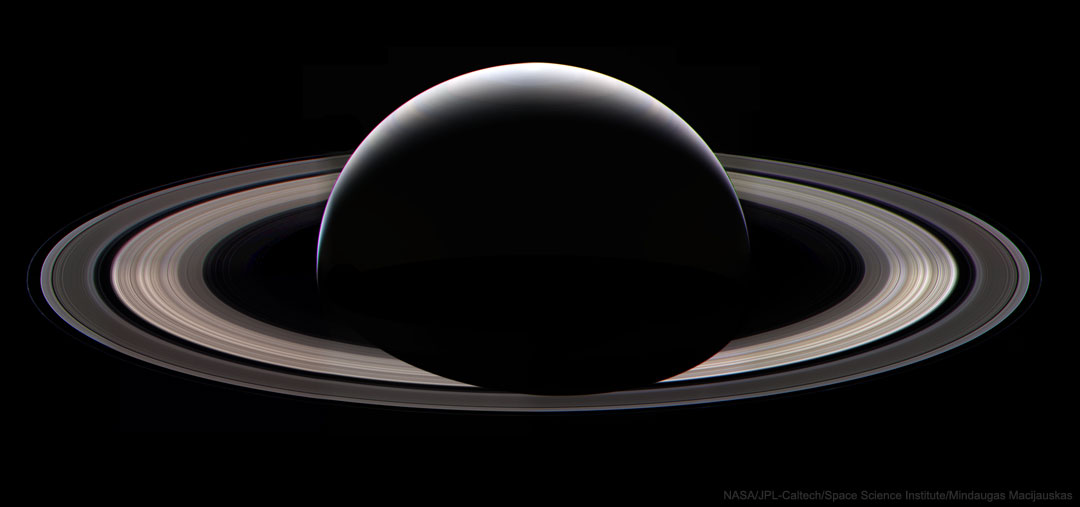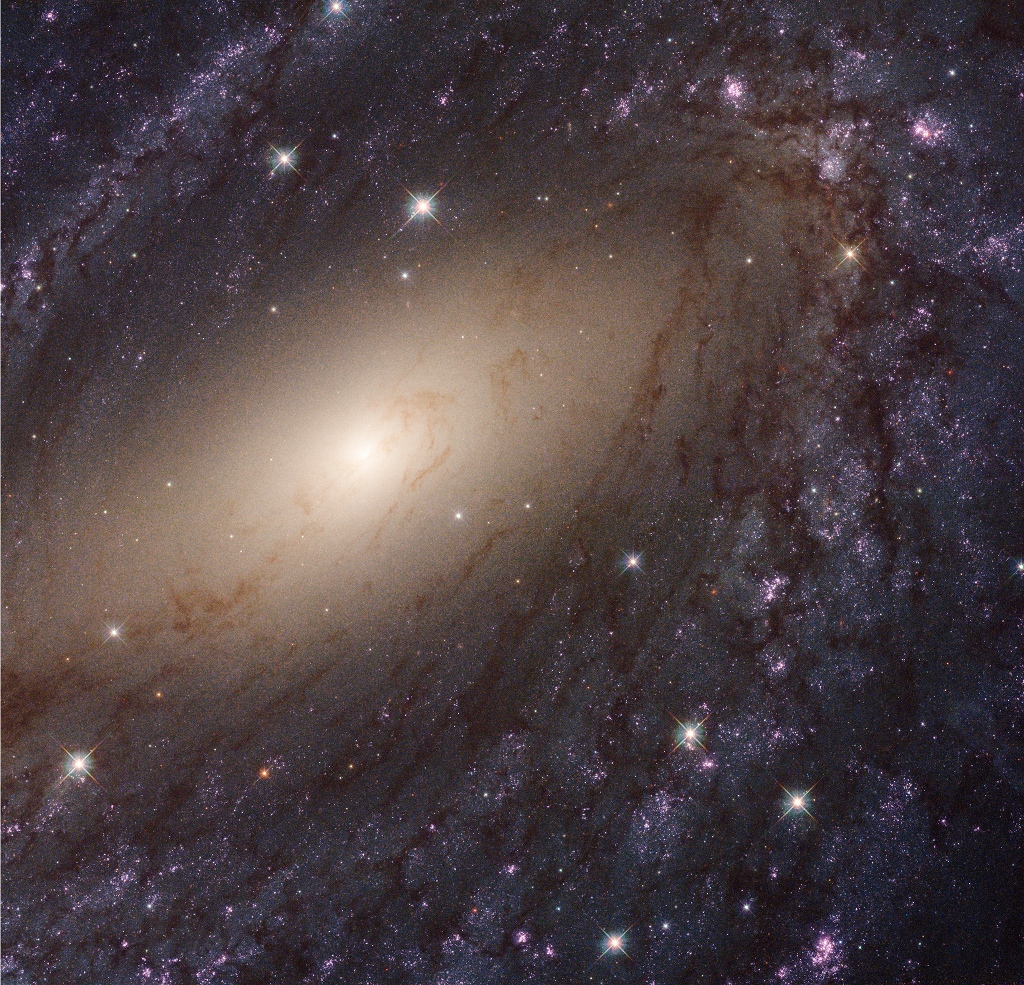안녕하세요, 잡학다식 입니다. 오늘은 과연 나사에서 어떤 방식으로 우주의 형상을 표현해 줄까요?
우선 이미지부터 볼 수 있도록 하겠습니다

해당 사진의 이름은 Supernumerary Rainbows over New Jersey 인데요 우선 NASA에서 공식적으로 발표한 설명들을 확인해 보겠습니다
Yes, but can your rainbow do this? After the remnants of Hurricane Florence passed over the Jersey Shore, New Jersey, USA in 2018, the Sun came out in one direction but something quite unusual appeared in the opposite direction: a hall of rainbows. Over the course of a next half hour, to the delight of the photographer and his daughter, vibrant supernumerary rainbows faded in and out, with at least five captured in this featured single shot. Supernumerary rainbows only form when falling water droplets are all nearly the same size and typically less than a millimeter across. Then, sunlight will not only reflect from inside the raindrops, but interfere, a wave phenomenon similar to ripples on a pond when a stone is thrown in. In fact, supernumerary rainbows can only be explained with waves, and their noted existence in the early 1800s was considered early evidence of light's wave nature. Your Sky Surprise: What picture did APOD feature on your birthday? (post 1995)
이번에도 광활한 우주 앞에 인간이 얼마나 작은 존재인지 다시 한번 알게 되는것 같습니다
저는 내일도 더 좋은 사진과 함께 돌아오겠습니다, 그럼 행목한 하루 되시길 바랍니다
'과학상식' 카테고리의 다른 글
| NASA 나사의 오늘의 이미지들 (2022-11-29) (0) | 2022.11.30 |
|---|---|
| NASA 나사의 오늘의 이미지들 (2022-11-28) (0) | 2022.11.29 |
| NASA 나사의 오늘의 이미지들 (2022-11-26) (0) | 2022.11.27 |
| NASA 나사의 오늘의 이미지들 (2022-11-25) (0) | 2022.11.26 |
| NASA 나사의 오늘의 이미지들 (2022-11-24) (0) | 2022.11.25 |

